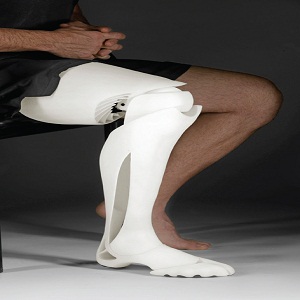How to Care for Prosthetic Limbs

Prosthetic limbs are a gift of technology that have done wonders in helping physically disabled people keep their movement. These are mechanical parts attached to the remaining limb (residual limb) a person has. Since they are man-made and mechanical, they need extra care to be kept in shape and also avoid the expensive replacement costs these limbs have. If someone around you has a prosthetic limb, it is very important to know some basic caring guidelines. These guidelines will ensure that the limb performs its best till its life.
Instructions
-
1
Before you start using the prosthetic limb, you should get all the information about where you can use it and where you cannot. Check the fitting of your limb and make sure that there are no pressure points that can cause strain. Avoid activities that will place great burden on your prosthetic limb, more than it can take. Avoid fixing the hinges and screws of the limb yourself because you might just end up eliminating the balance. Your practitioner will give you the list of activities you can do safely with your prosthetic limb. For example, some limbs can be used even during swimming while others cannot be.
-
2
It is important to keep the residual limb dry and clean. Wash it daily with soapy water and dry carefully. After any wet activity, make sure that your residual limb is thoroughly dry before you put on the prosthetic.
-
3
Once you start wearing them, do a daily check for any tears and damages. If you feel uncomfortable while walking, you should get back to your prosthetist to repair the limbs and fix them to make them comfortable. A night check for any swelling and redness can on the residual means that you should consult your practitioner immediately. Till you get in touch with him, stop wearing the prosthetic limb, else the situation will aggravate.
-
4
Most prosthetic limbs are not designed for wet environments. Keep them as much dry as possible. Clean the socket daily with a sponge or soft cloth and a little mild soap. If you cannot reach some narrow parts, use an toothbrush. Dry it thoroughly with a towel and leave overnight after you clean it. You should pay attention to cleaning both the inside and the outside. You should also avoid exposure to chemicals which can affect the structure of the prosthetics and make it unfit for your use.







